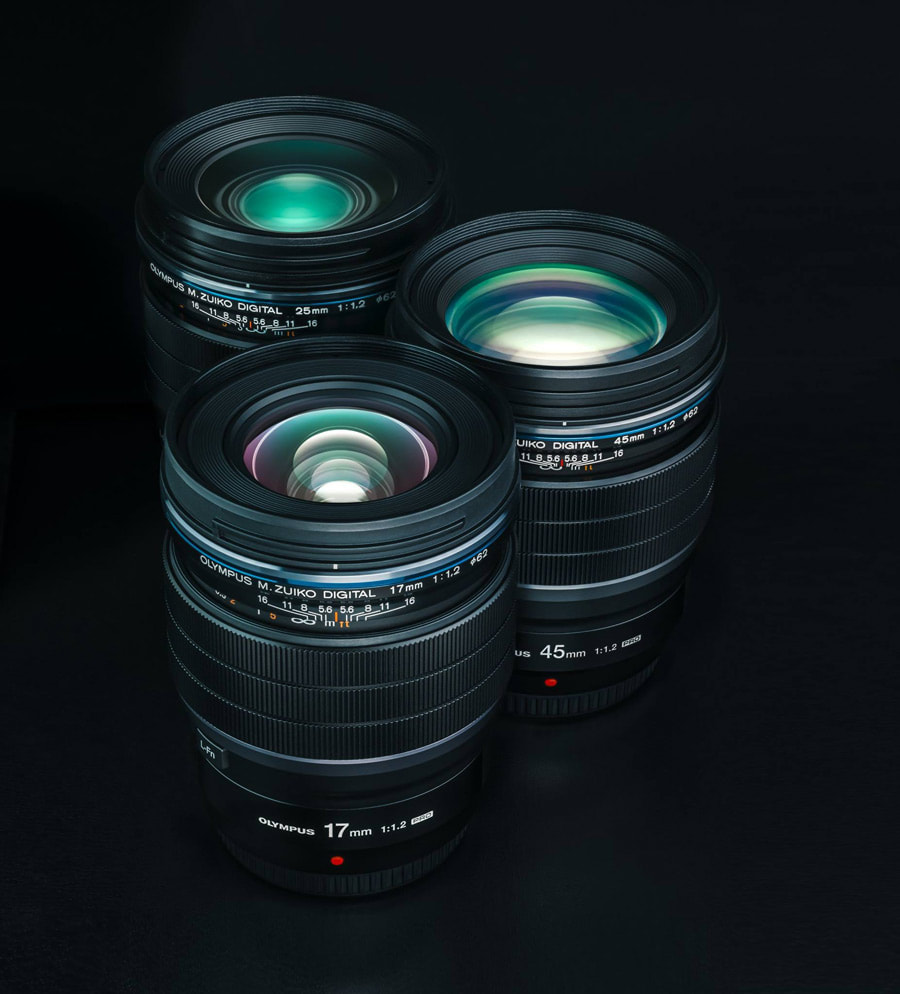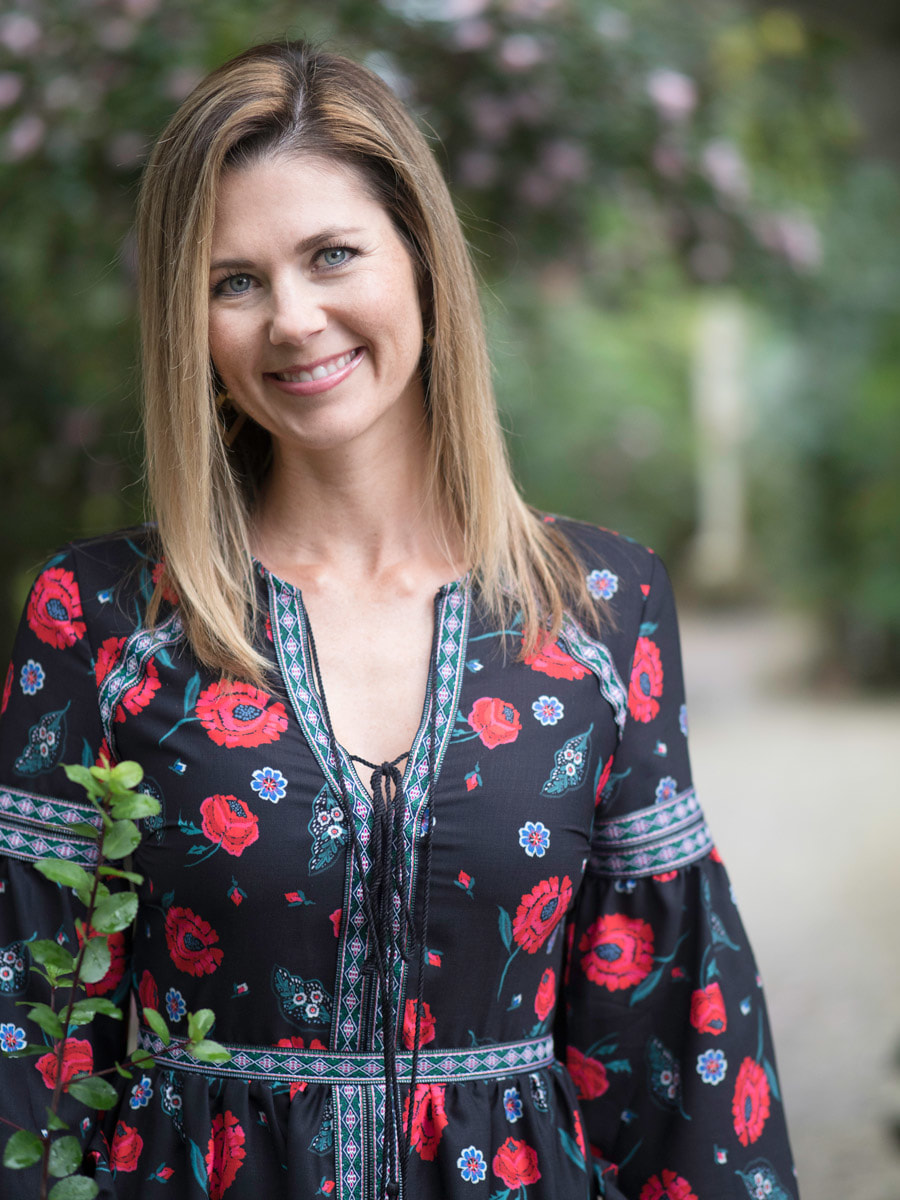|
Impressions of the New Olympus 17mm and 45mm f/1.2 PRO Lenses Disclosure: I am an Olympus Visionary and as such, receive compensation from Olympus America. However, no compensation was paid for this review. I endorse their products because I truly believe in the quality of their gear. In late 2016 Olympus announced the 25mm f/1.2 PRO - an incredibly fast and sharp lens with beautiful feathered bokeh. For the past year that lens has been pacing the waiting room anticipating the delivery of two promised siblings - the 17mm and 45mm f/1.2 lenses. The wait is now over. As an Olympus Visionary I was recently provided the opportunity to work with both the 17 and 45mm lenses at a press event in Charleston, SC alongside respected journalists and reviewers in the industry. After a few days of shooting I walked away (actually flew away) with a thoroughly positive impression of both lenses. They meet or exceed all of the claims made by Olympus. So what are those claims?
My Impressions Prior to being handed the new lenses in Charleston, I had worked with the 25mm f/1.2 PRO so I had a good sense of how the 17mm and 45mm would feel in my hand since all three lenses have been designed with almost identical dimensions (within a couple of millimetres) and each uses a 62mm filter. It is worth mentioning that all three focal lengths have f/1.8 versions that are considerably smaller, lighter and less expensive. The f/1.2 PRO lenses are about 10 ounces heavier than their f/1.8 cousins and each comes in at $1200 USD while the f/1.8 lenses range in price between $400 and $500 depending on the lens. Is the extra cost and weight worth it? Naturally, it will depend on the type of photographer you are, but if you are looking for a truly professional portrait, landscape, or street photography lens you should give the f/1.2 lineup some serious consideration. Here's why... These lenses are incredibly sharp, even wide open. When shooting portraits with any of the three lenses, I was so impressed with the image sharpness achieved. Individual hairs or eyelashes could easily be seen in the final image, even when shooting from two or three meters away. This type of sharpness is usually only achieved by stopping down a lens. Like all Olympus PRO lenses, these have the manual focusing clutch mechanism, which allows you to quickly switch to MF simply by pulling back on the focusing ring. Manual focusing felt solid and was easily achieved, especially when using the MF Assist functions, such as Magnify and Peaking. The focusing ring has just the right amount of resistance and has full stops at both ends of the focusing spectrum. Even more impressive was the lightning fast and accurate AF when one of the Face Priority options was engaged. I had never really been a strong user of the face detection feature, but I have to admit, it works incredibly well. During much of the time in Charleston we were photographing in dull, overcast conditions or in darker interior settings. The AF remained fast and accurate, and, when shooting at f/1.2 allowed for considerably faster shutter speeds in order to capture the moment. As for the bokeh, there is a smoothness in the feathered bokeh that creates amazing subject separation, yet doesn't pull attention away from your main subject. It really does create a more 3-dimensional look to the image. Stop down to f/1.8 and you get the more traditional solid bokeh. When shooting wide open there is enough depth of field to achieve critical sharpness from nose to ear with your subject. Of course, the amount of depth of field in an image is directly dependent on your distance from the subject. When it comes to build quality I have no doubt that all three lenses will be able to hold up to the elements and the rigours of day-to-day use. I have subjected my other PRO lenses to rain, snow, and extreme cold and they have not failed. (I've even had one submerged in salt water and it's still working!) During part of the press event we worked in some light rain and with the excellent weather-sealed body and lenses it never became an issue. The lens hood, included with each lens, also helps to keep rain off the front element. Upon my return from Charleston I had both the 17 and 45 lenses out in -15°C conditions for about two hours and they kept working with no issues. Now, I have to admit that none of these lenses are likely to become my day-to-day workhorse. I am primarily a landscape and nature photographer, and love the results I get from lenses like the m.Zuiko 7-14mm f/2.8 PRO or the m.Zuiko 12-100mm f/4 PRO. That being said, since returning from Charleston, I have been carrying around the 17mm and have found numerous opportunities to use it, and have been very satisfied with the results. I do a few portrait sessions a year and will now use the 45mm f/1.2 as my goto lens. Sample Images - m.Zuiko 45mm f/1.2 PRO All of the images below were shot with the Olympus E-M1 Mark II and, in order to show off the bokeh, most of the photographs were taken at f/1.2. The images are also presented straight out of the camera with no editing, unless otherwise stated. For several images I have provided full-sized jpeg and RAW files for download.
Sample Images - m.Zuiko 17mm f/1.2 PRO All of the images below were shot with the Olympus E-M1 Mark II.
A Few Comparisons The images below demonstrate the noticeable difference in bokeh when shooting at f/1.2 and a smaller aperture. Final Thoughts What has impressed me the most about all three of the f/1.2 lenses is the excellent low-light performance. I love being able to shoot hand held in dimly lit interiors without having to raise the ISO. Prior to getting the new 17 and 45mm lenses, I had an interior shoot that was incredibly difficult to light - it was done inside a fitness gym. I used the 25mm f/1.2 and it made all the difference. I got shots that I never would have been able to get with a slower lens. There is also something to be said about the feathered bokeh when shooting at f/1.2. There is a distinct smoothness that creates beautiful subject separation. With three excellent lenses in the f/1.2 family, it will be interesting to see what Olympus produces next.
11 Comments
12/18/2017 07:15:45 am
Nice write-up. I have just started to make my switch to Olympus and so far love the the 25mm 1.2 and am excited to test the 17 and 45 for myself.
Reply
Peter
12/18/2017 07:57:49 am
Thanks, Everardo for the comment. Should you decide to get the 17 or 45 you won't be disappointed. They both excellent lenses.
Reply
12/18/2017 11:58:14 am
That's what I'm hearing, can't wait to try them out soon! 12/18/2017 11:50:34 am
I luv the 25 f1.2 and use it all the time.
Reply
12/18/2017 11:59:58 am
I'd agree with longer 1.2 lens. Coming from Canon I really miss the 200 f2 for indoor sports and events. For now I'm going to use the Olympus 75mm 1.8 along with the 40-150 2.8
Reply
Peter
12/19/2017 07:45:44 am
Hi Evan,
Reply
2/12/2018 02:55:46 pm
I want to get the 45 1.2 but I've already got the Nocitcron. The Oly looks just a little bit nicer in the bokeh. Not enough to change brand though.
Reply
8/28/2021 11:35:38 am
Fashion can be defined as generally dressing sense which is prevailing in their culture. Fashion is different from gender to gender. Fashion is a general aspect to culture. Fashion is like as clothes, shoes and assories etc.
Reply
Leave a Reply. |
AuthorPeter Baumgarten is a professional photographer and educator. He is also an Olympus Visionary and NiSi Official Photographer. Categories
All
|
||||||||||||||||||||||||||||||||||||||||||























